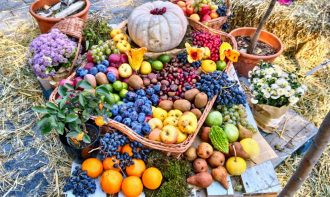
Changing Agri-Business of Georgia
Agricultural traditions are the main part of Georgian cultural heritage and mentality, as long as favorable climate with fertile soil make it one of…
Read More
Agricultural traditions are the main part of Georgian cultural heritage and mentality, as long as favorable climate with fertile soil make it one of…
Read More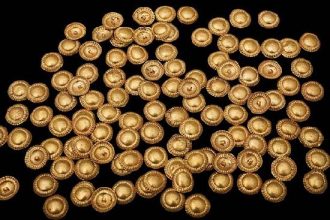
Georgia is considered to be one of the oldest homelands of metal processing in the world. From the Copper-Bronze Age, when man acquired metal,…
Read More
According to the data released by the state statistics office of Georgia, in 2017 Import reached USD 7.9 billion, while exports of Georgia was…
Read More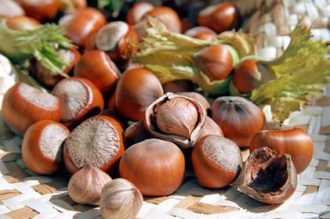
Protein rich hazelnuts are sweet tree nuts that grow in temperate zones and its mainly cultivated in Turkey, which produces about 60% of the world’s…
Read More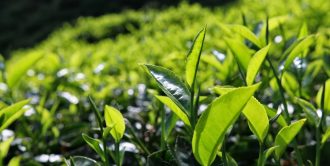
Tea is the oldest Chinese culture, known in 1753 by a well-known Swedish botanist Carl Lynne, first described as a scientific name (Thea). Tea is…
Read More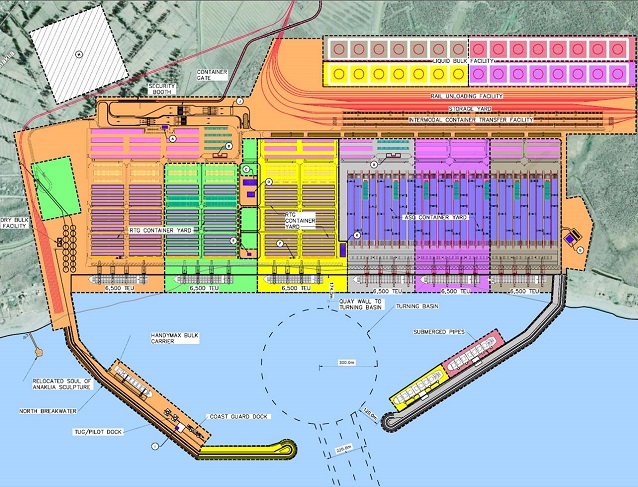
The Port of Anaklia is located on the shortest route from China to Europe, a route that has become a major focal point of Chinese…
Read More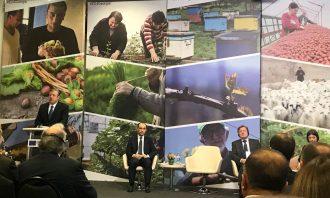
An estimated 250,000 rural Georgians benefited from current support, EU announces third phase of assistance worth 230 million GEL 13, December 2017, Tbilisi –…
Read More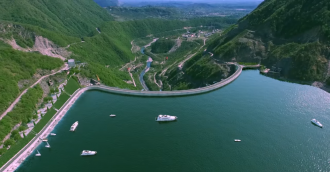
In 5 years, Georgia will offer to the local and international visitors the Enguri River dam, which is planned to become a unique tourist…
Read More
Georgia is continuing to upgrade and modernize its main transport arteries in a bid to ensure roads meet international standards. Several projects will be…
Read More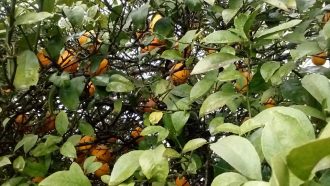
Agriculture has both big economic and social functions in Georgia. The sector employs more than half of the country’s work force and for many…
Read More